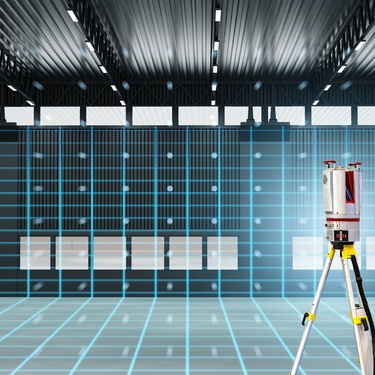
Safety is one of the most important aspects of any workplace. As your team’s home away from home, your office should make them feel comfortable and provide the perfect conditions for maintaining focus and productivity. As such, without the proper precautions in place, preventing your employees from sustaining injuries on the job becomes much more difficult. Use these effective ways to reduce safety hazards in the office and ensure that everyone feels protected when they walk through the door.
Create a Safety and Wellness Plan
To properly address the dangers currently in your office, you’ll need to first develop a company safety and wellness plan. This plan should include strategies that involve inspecting your workplace for potential risks and creating regulations to correct them. This could mean setting new operational standards for your employees or even making a change to the office itself. Either way, having a plan in place makes it easier to find the necessary solutions and keep the environment safe.
Promote Clear Traffic Flow
You can also increase office safety by organizing it to foster better traffic flow. Hundreds of people will walk through a given area each day, and the tighter the walkways are, the easier it is for someone to injure themselves. Arranging furniture differently along with minimizing clutter can make your office a safer place overall.
Organize Your Storage Space
Another noteworthy way to reduce safety hazards in the office is to keep your storage space organized. Storage rooms are important assets for their ability to contain essential company equipment while keeping the rest of the workplace clean and tidy. However, when your storage room becomes cluttered, it can also become a danger. Because of this, it’s important that you design this room with safety and practicality in mind.
Provide Ergonomic Equipment
One of the most impactful things you can do is to supply your team with ergonomic seating and workstation accessories. Desk jobs promote poor posture, which can cause a series of different issues for the body. Back and neck pain are common among people in these occupations, and both can lead to other health problems later in life. By using adjustable furniture with ergonomic support, your team members will experience less physical strain and, therefore, enjoy a higher comfort level in the office.



















